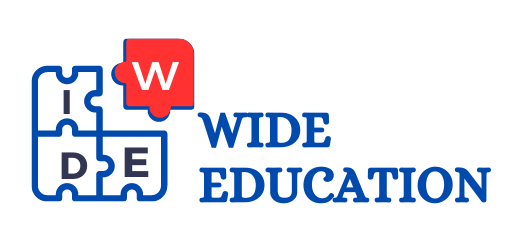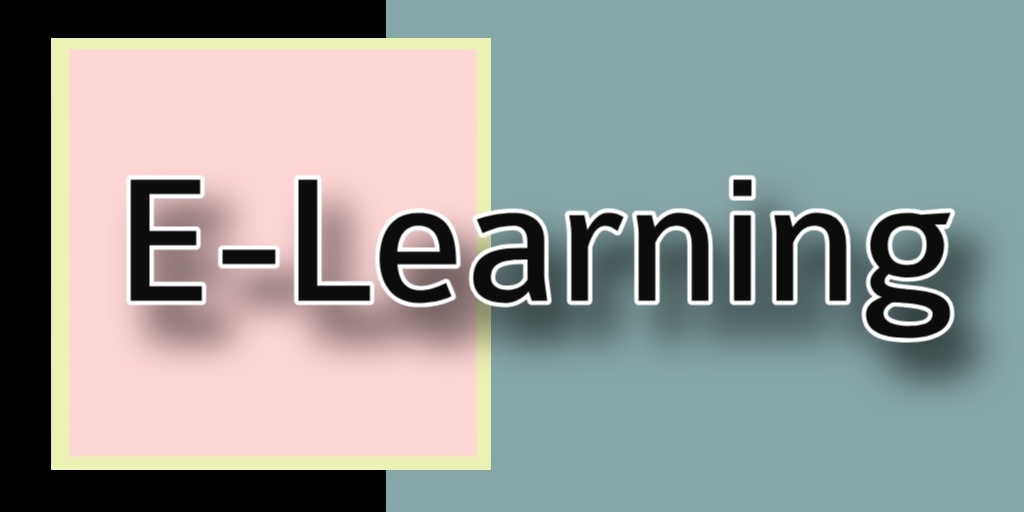Computer as a learning tool – Concept of E-learning
Table of Contents
• Learning is conducted via electronic media, typically on the internet.
• “Successful, E-Learning depends on the self-motivation of individuals to study effectively” in this aspect “E” should be interpreted to mean “Exciting, Energetic, Emotional, Extended, Excellent and Educational” in addition to Electronic.
• “E” should refer to “everything, everyone, everywhere, engaging, easy”.
Definition:
• E-Learning is learning techniques by utilizing electronic technologies to access educational curriculum outside of a traditional classroom.
• E-learning, also referred to as online learning or electronic learning, is the acquisition of knowledge that takes place through electronic technologies and media.
• In simple language, e-learning is defined as “learning that is enabled electronically”.
• E-Learning is the use of technology to enable people to learn anytime and anywhere.
• E-Learning includes training, the delivery of just-in-time information, and guidance from exports.
• E-Learning includes numerous types of media that deliver text, audio, images, animation, and streaming videos, and includes technology applications and process such as audio or video tap, satellite TV, CD-ROM, and computer-based learning as
well as local intranet/extranet and web-based learning.
• E-Learning uses technology to enhance and expand the learning experience. These technologies are use to create and deliver individualized, comprehensive dynamic learning contains that facilitates learning anytime and anywhere.


